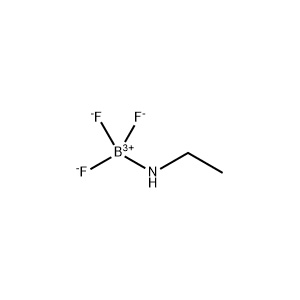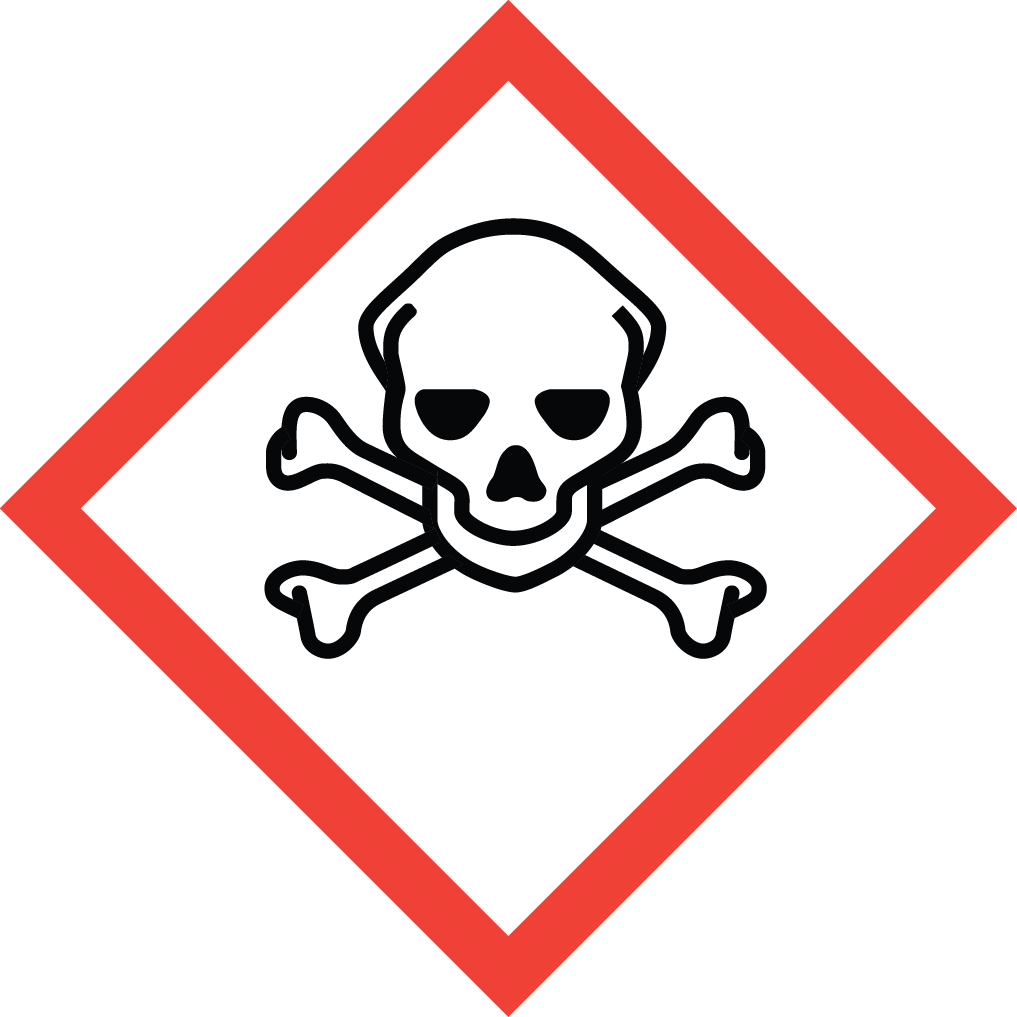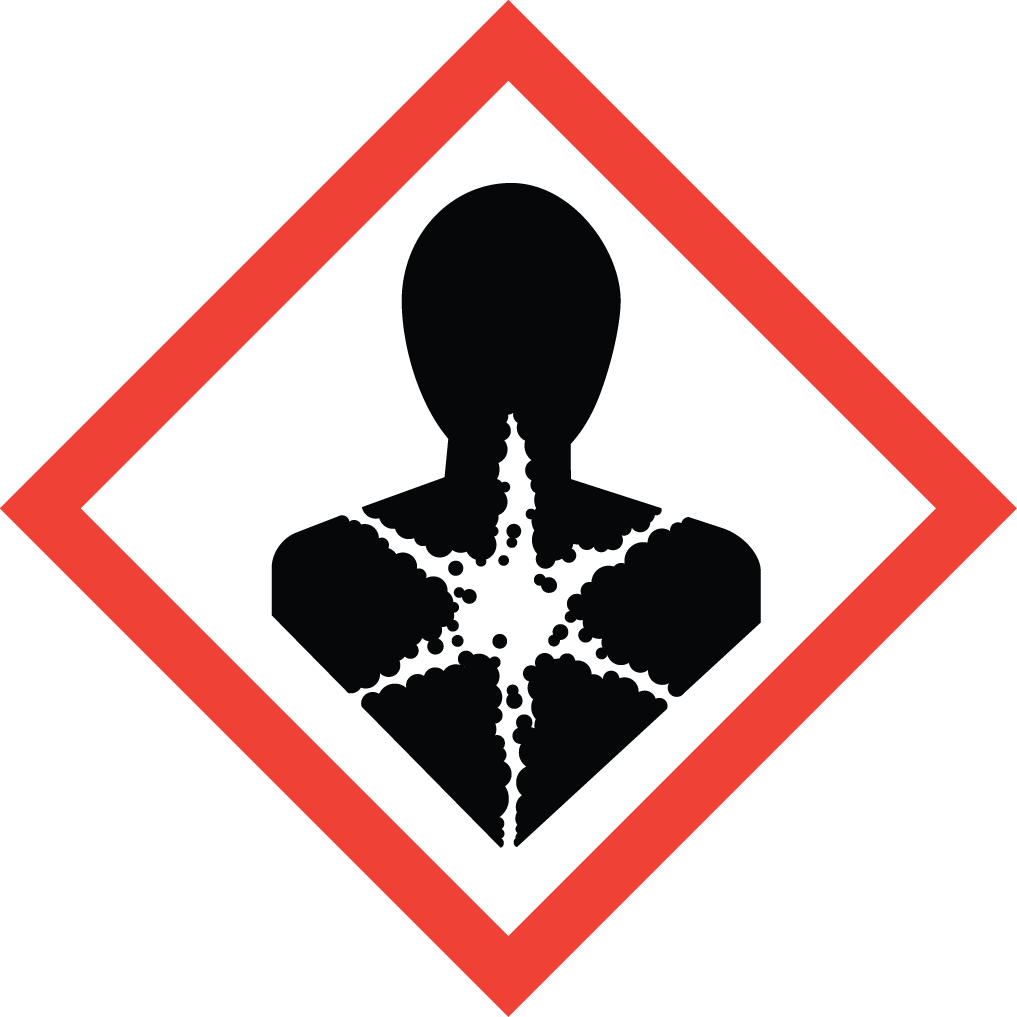Aure Chemical: Your Trusted Source for Boron Trifluoride Ethylamine Complex
Aure Chemical is a leading provider of Boron Trifluoride Ethylamine Complex (BF₃-Ethylamine), a highly versatile and essential chemical compound. This complex serves as a sophisticated source of Boron Trifluoride (BF₃), offering controlled reactivity and extended stability, making it invaluable for advanced material science and organic synthesis applications.
Basic Information of Boron Trifluoride Ethylamine Complex
Boron Trifluoride Ethylamine Complex (CAS No. 75-23-0) is characterized by its distinctive properties that enable precise and efficient chemical processes:
| CAS No.: | 75-23-0 |
|---|
| EC No.: | 200-852-5 |
|---|
| Linear Formula: | C₂H₆BF₃N |
|---|
| Molecular Weight: | 112.89 |
|---|
| Appearance: | White crystalline solid |
|---|
| Boiling point: | 148°C/1mmHg(lit.) |
|---|
| Density: | 1.38 g/cm3 |
|---|
| Solubility | Soluble in water (slowly reacts), and soluble in various polar organic solvents. |
|---|
| Flash Point: | 157°C |
|---|
| Nature: | Latent Lewis acid, providing controlled release of active BF₃ upon heating. |
|---|
| RIDADR: | UN 3261 8/PG 2 |
|---|
| Chemical Structure: |  |
|---|
Its stable solid form at room temperature and precise activation upon heating make it a preferred choice for applications demanding strict process control.
Primary Functions and Applications of Boron Trifluoride Ethylamine Complex
The unique characteristics of Aure Chemical's Boron Trifluoride Ethylamine Complex lead to its critical applications across diverse industries:
Epoxy Resin Curing Agent: Boron Trifluoride Ethylamine Complex excels as a latent curing agent for epoxy resins. Its significant advantage lies in its stability at room temperature, which provides an extended pot life for formulations. However, upon heating, it rapidly initiates curing, making it exceptionally suitable for applications requiring precise control over the curing process, such as advanced composites, coatings, and adhesives.
Organic Synthesis Catalyst: This complex plays a crucial role as a Lewis acid catalyst in a wide range of organic chemical reactions. It efficiently promotes processes like alkylation, polymerization, isomerization, addition reactions, and various synthesis and decomposition pathways. The specific electronic structure of the boron trifluoride-ethylamine adduct allows it to form highly active catalytic species, thereby significantly enhancing reaction efficiency and selectivity.
Regulator and Additive for Specialty Plastics: Boron Trifluoride Ethylamine Complex can be incorporated as a regulator and additive in specialty plastics. Through its interaction or modification capabilities, it can significantly contribute to increasing the heat deflection temperature (HDT) of these materials. This enhances the thermal performance and structural integrity of plastics for demanding applications.
Why Choose Aure Chemical for Your Boron Trifluoride Ethylamine Complex Needs?
Aure Chemical is dedicated to supplying high-quality chemical solutions with unwavering reliability. By partnering with us for your Boron Trifluoride Ethylamine Complex requirements, you gain access to:
Guaranteed Purity & Consistent Performance: Our BF₃-Ethylamine undergoes stringent quality control to ensure high purity and reliable activity, crucial for critical curing and catalytic processes.
Reliable Supply Chain: We maintain a robust and efficient global supply chain, ensuring the timely and secure delivery of this essential chemical to your facilities.
Expert Technical Support: Our team of experienced chemists and technical specialists is readily available to provide comprehensive guidance on product application, safe handling, and storage.
Commitment to Quality & Safety: We adhere to the highest industry standards for quality management, safety, and environmental responsibility throughout our operations, from manufacturing to distribution.
Choose Aure Chemical for a trustworthy and dependable supply of high-quality Boron Trifluoride Ethylamine Complex. We are ready to support your most complex chemical challenges.
Hazards Classification
GHS Classification: Corrosive (GHS05), Acute Toxicity (GHS06), Health Hazard (GHS08)
Hazard Statements: Causes severe skin burns and eye damage; toxic if inhaled; may cause respiratory irritation; suspected of causing genetic defects.
UN Number: UN 3261
Hazard Class: 8 (Corrosive Substances)
Packing Group: II
 GHS05: Corrosive
GHS05: Corrosive GHS06: Acute Toxicity
GHS06: Acute Toxicity GHS08: Health Hazard
GHS08: Health Hazard
